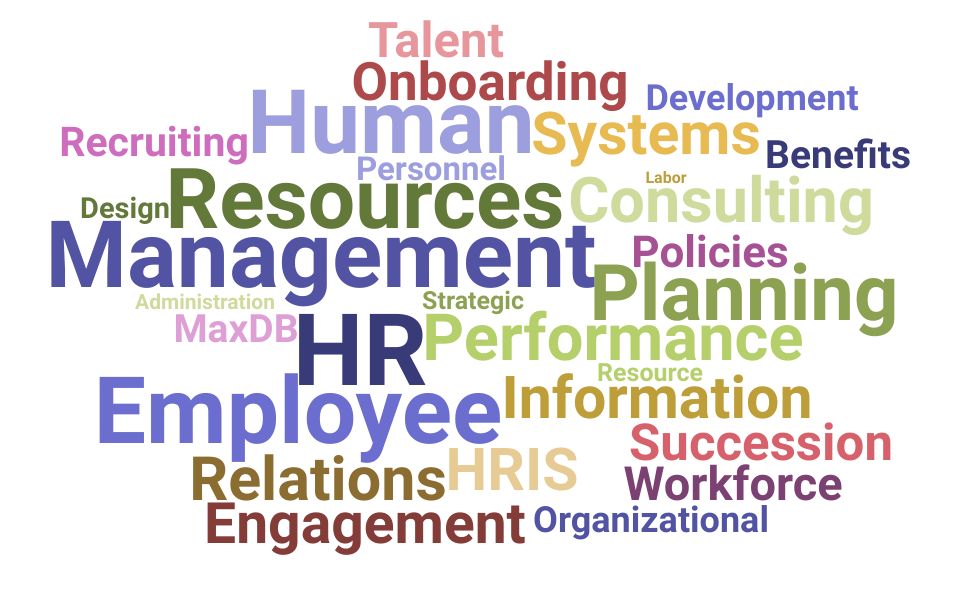
How would you advise a consultant, who is using Block’s process, to incorporate the emphasis that Neiman places on results into the steps?
Block creates a 10 step process to guide us to a meeting that can maintain control and lead us to get feedback from the client. Each step of the process is sequenced so that it allows the presenter to present his/her data and react to the client’s feedback and support. (Block, 2011).
On the other hand, Neiman emphasis engaging the client that will lead to achieving results. Doing so, consultant requires three critical sets of skills: conducting a readiness assessment, designing a project of success, and providing implementation support. (Frombrun & Nevins, 2004).
When a consultant is entering a meeting, I would advise the consultant to structure the meeting using Block’s 10 step process and incorporate Neiman’s engagement to achieving results into the steps. Neiman’s Accessing Readiness is best use when it incorporates into Block’s 1 to 3 steps of the process because it helps to get a clear picture of the business, the issue, and the problems. Action-oriented questions are best to raise on step 5, and designing project on step 7.
Below is the table illustrate Block’s 10 steps process and which steps are best to incorporate Neiman’s engagement to achieving results, and the suggest dialogue to guide the meeting.
Block’s 10 steps process | Nevins’s achieving results | Suggest dialogue |
1. Restate the original contract
2. State the structure of the meeting
3. Present the picture | Accessing Readiness Gets into the facts about the business: its market position, its competitive status, its strategic issues and problems. | What are we trying to accomplish with this meeting? What is your number one priority for your business? What do you believe needs to be strengthened in order to achieve goal? What options have you looked at to achieve this…? What is unique about your business compared to your competitors? Who will be making the final decisions on this project and who will be in charge of implementation? Is there anything that you or your employees are doing that may be getting in the way of achieving this result? |
4. Present recommendations | Define a workable and concrete goal. | What is the goal? What is the criticality of this assignment? How do you know we have been successful?
|
5. Ask for client reactions | Action-oriented questions that focus on eliciting facts, relationships, and inferences. | |
6. Halfway through the meeting, ask the client, “Are you getting what you want?” |
| Does the time spent in this meeting discovering the way things are fit our task? |
7. Decision to proceed | Designing Projects For Success Define a workable and specific goal Create clear project assignments Adopt a formal project structure Design a written work plan | How will the project be structured? Currently, based on what you have shared with me, I can see several solutions. Who would be involved in making this happen? What teams are needed? What metrics do you use to measure? |
8. Test for client concerns about control and commitment
9. Ask yourself if you got what you wanted
10. Give support |
| What would be most helpful to you when you leave this meeting today? |
References:
Block, P. (2011). Flawless consulting: A guide to getting your expertise used. San Francisco: Jossey-Bass/Pfeiffer.
- J. Frombrun & M. D. Nevins (2004.) The Advice Business: Essential Tools and Models for Management Consulting. Upper Saddle River, NJ: Pearson Education, Inc.
